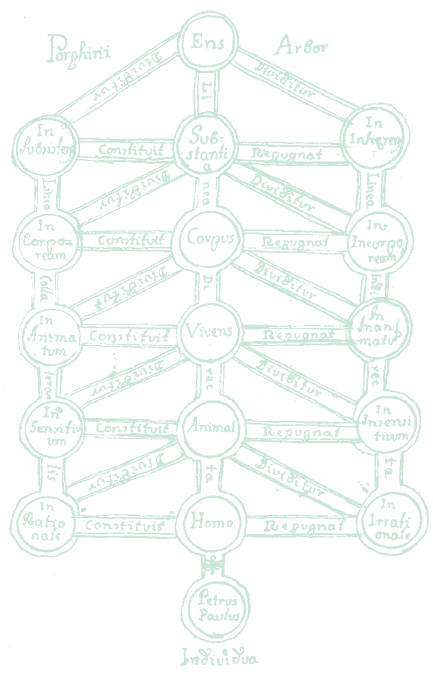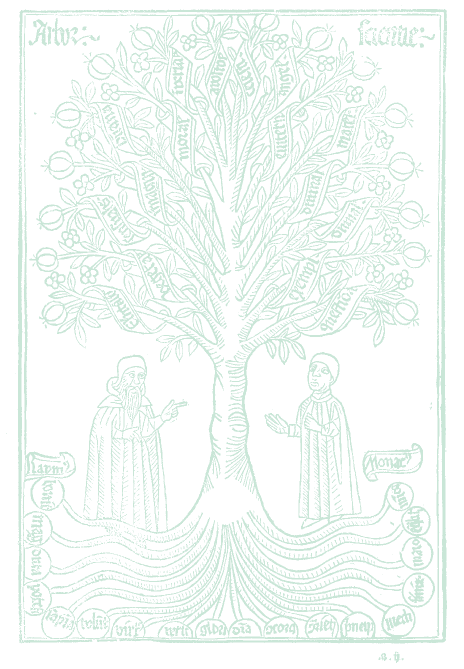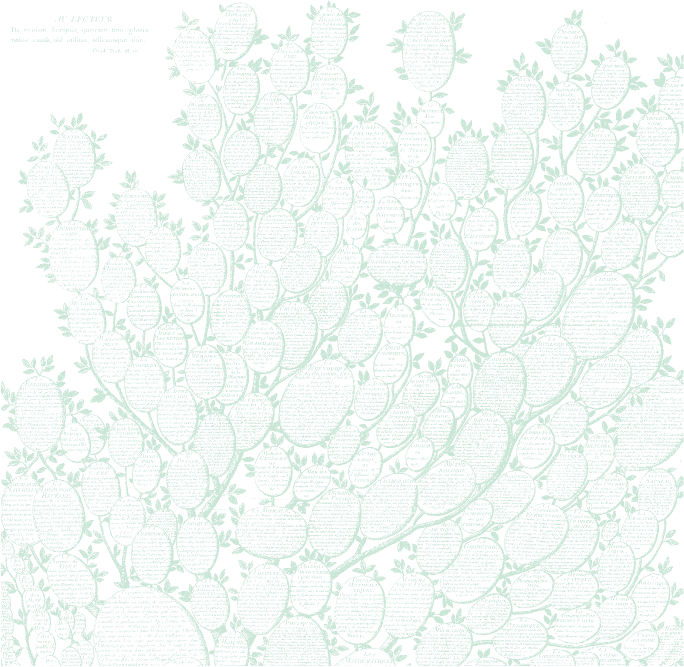INTRODUCTION: THE LABRYNTH OF LEARNING
“The general system of the sciences and the arts is a sort of labyrinth, a tortuous road which the intellect enters without quite knowing what direction to take...”
D'Alembert (1751)
The rate of new knowledge production has reached unprecedented levels. Current estimates suggest that up to 2 million academic papers are published annually across more than 30,000 specialized journals covering a vast array of fields. With the emergence of AI and machine learning technologies accelerating research capabilities, we can expect these numbers to increase exponentially.
New subjects continuously emerge from established disciplines. The growth of cross-, inter-, and transdisciplinary research has spawned innovative fields such as Bioinformatics (biology + computer science), Quantum computing (quantum physics + computer science), Neuroaesthetics (neuroscience + art theory), and Computational creativity (computer science + cognitive science + creative domains).
This explosive growth and diversification of knowledge poses significant challenges for organization and comprehension. Our visualization project addresses these challenges by creating a comprehensive overview of current major disciplines and subdisciplines researched, taught, and studied at University. The interactive design allows viewers to explore this knowledge landscape through digital devices, offering multiple pathways through the academic terrain.
To contextualize our approach, it's valuable to examine historical attempts at structuring human knowledge. Throughout history, scholars have devised various systems to categorize and relate fields of study, often visualized as 'trees of knowledge'. From the classical era, when individuals like Aristotle and Hypatia were said to have mastered most known fields, to our current age where artificial intelligence systems process vast databases of human knowledge, these organizational systems reveal our evolving understanding of knowledge itself.
“The distributions and partitions of knowledge are not like several lines that meet at one angle, and so touch but in a point; but are like branches of a tree, that meet in a stem, which have a dimension and quantity of entireness and continuance, before it comes to discontinue and break itself into arms and boughs.”
Francis Bacon (1884)
Porphyry's Tree (3rd century AD)
Porphyry's Tree stands as one of the earliest attempts to systematically categorize knowledge. This hierarchical structure, introduced by the Neoplatonist philosopher Porphyry, aimed to classify substances from the most general to the most specific, using a system of binary divisions.
The influence of Porphyry's Tree extended far beyond its time, shaping philosophical thought and logical reasoning for centuries. Its method of dividing concepts into increasingly specific subcategories laid the groundwork for future classification systems and played a crucial role in the development of Western philosophical tradition.

The Tree of Science (13th century)
In the 13th century, Majorcan polymath Ramon Llull presented his Tree of Science, an ambitious attempt to unify all known fields of study into a comprehensive system. Llull's work reflected the medieval desire for universal understanding, seeking to create a method that could generate all possible knowledge.
Llull's tree structure was more complex than its predecessors, incorporating multiple levels and branches to represent different domains of knowledge. This innovative approach not only organized existing information but also proposed a method for discovering new knowledge, foreshadowing later developments in logic and computer science.

Diderot and d'Alembert's Tree of Knowledge (18th century)
The Encyclopédie, a monumental work of the 18th century Enlightenment led by Diderot and d'Alembert, marked a pivotal shift in knowledge representation. As Umberto Eco argues, this work signaled a transition from the traditional 'tree' structure of knowledge to a more complex 'labyrinth' model. Its innovative cross-referencing system created a web of interconnections that defied simple hierarchical organization.
This labyrinthine structure not only reflected the Enlightenment's belief in reason but also challenged the notion of a single, authoritative path through knowledge. By allowing multiple routes of exploration, the Encyclopédie became more than a repository; it emerged as a tool for social and political change, embodying Eco's concept of knowledge as a network of possibilities rather than a fixed hierarchy.

The Dewey Decimal System (19th century)
The Dewey Decimal System, developed by Melvil Dewey in the 19th century, revolutionized library science with its practical approach to organizing and accessing information. This system divided knowledge into ten main classes, each further subdivided, allowing for precise categorization of books and efficient retrieval of information.
The impact of the Dewey Decimal System extends far beyond its original context. Its principles have influenced numerous other classification systems and continue to shape how we organize and access information in the digital age, demonstrating the enduring relevance of structured knowledge organization.
The Foam of Knowledge (21st century)
“The guiding morphological principle of the polyspheric world we inhabit is no longer the orb, but rather the symbol of foam. The structural implication of the current earth-encompassing network-with all its eversions into the virtual realm-is thus not so much a globalization as a foaming.”
Peter Sloterdijk (2011)
Peter Sloterdijk, a contemporary German philosopher, introduced his revolutionary concept of knowledge organization in his 'Spheres' trilogy. Departing from traditional hierarchical models, Sloterdijk proposed a 'foam' metaphor to describe the structure of modern society and, by extension, the organization of knowledge. This concept envisions interconnected bubbles, each representing a sphere of understanding or experience, coexisting and influencing one another as part of a dynamic system.
Our visualization embodies this foam-like structure, presenting knowledge as an interconnected network rather than a rigid hierarchy. Each discipline appears as a bubble, with subdisciplines forming smaller, adjacent bubbles. The design reflects Sloterdijk's ideas of co-fragility and multiplicity, where each area of knowledge is both distinct and intimately connected to others. Users can explore these connections through interactive features, revealing the complex relationships between different fields of study.
Looking ahead, this visualization serves as a snap-shot of our current emerging fields, and the evolving relationships between disciplines. As AI and other technologies continue to reshape the landscape of knowledge production and organization, such dynamic visualization systems will become increasingly valuable tools for understanding and navigating our expanding intellectual universe.
“We live on an island surrounded by a sea of ignorance. As our island of knowledge grows, so does the shore of our ignorance.”
John Archibald Wheeler (1992)